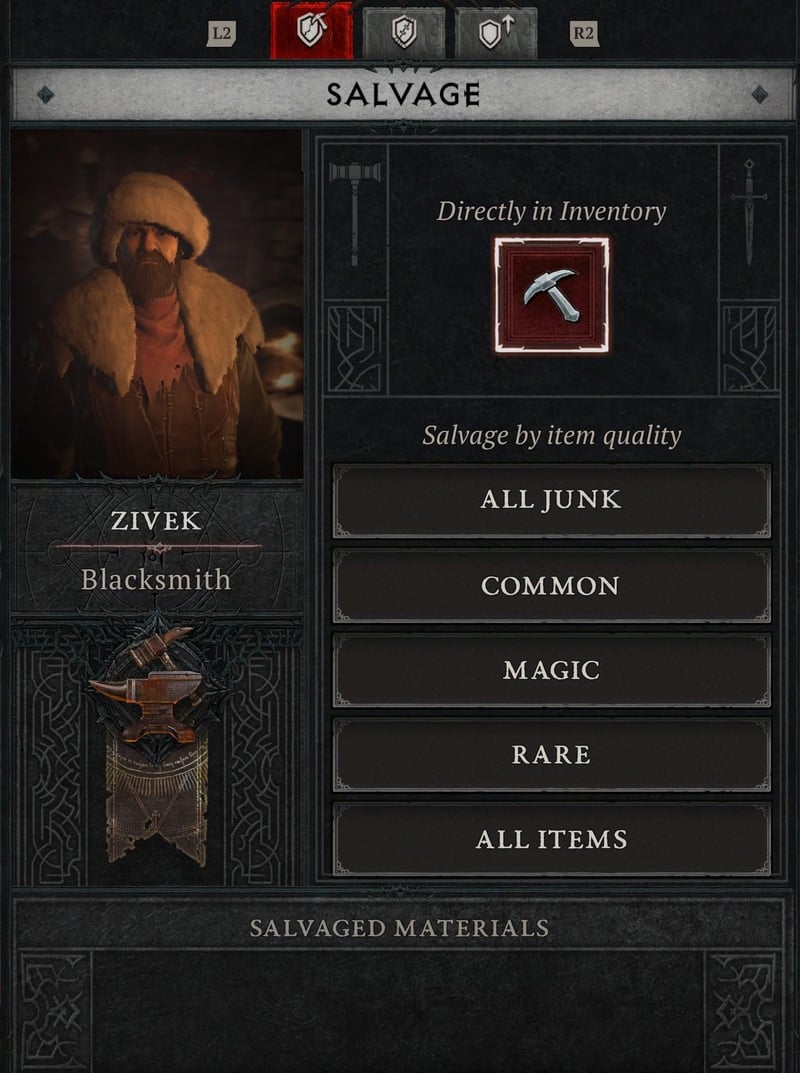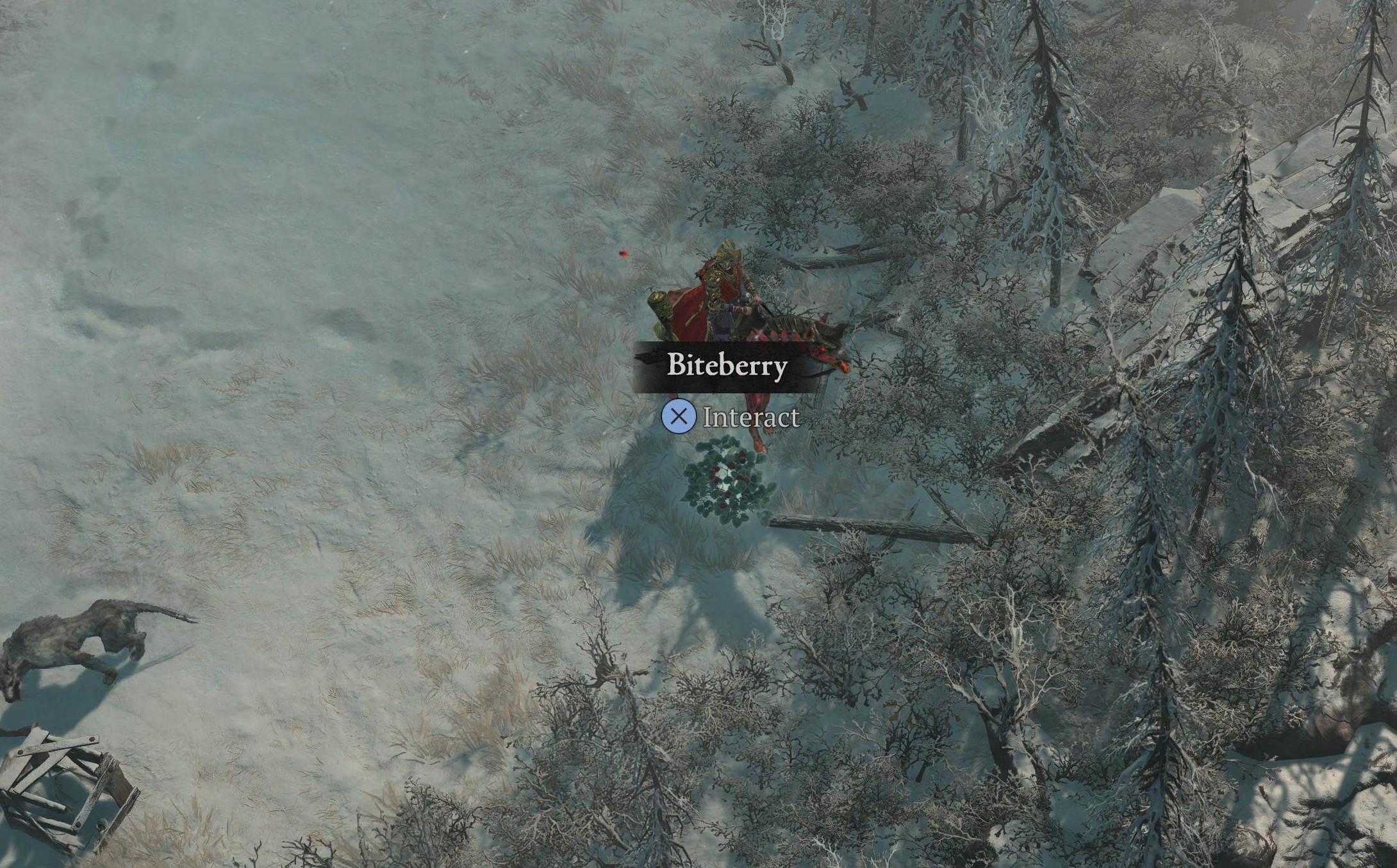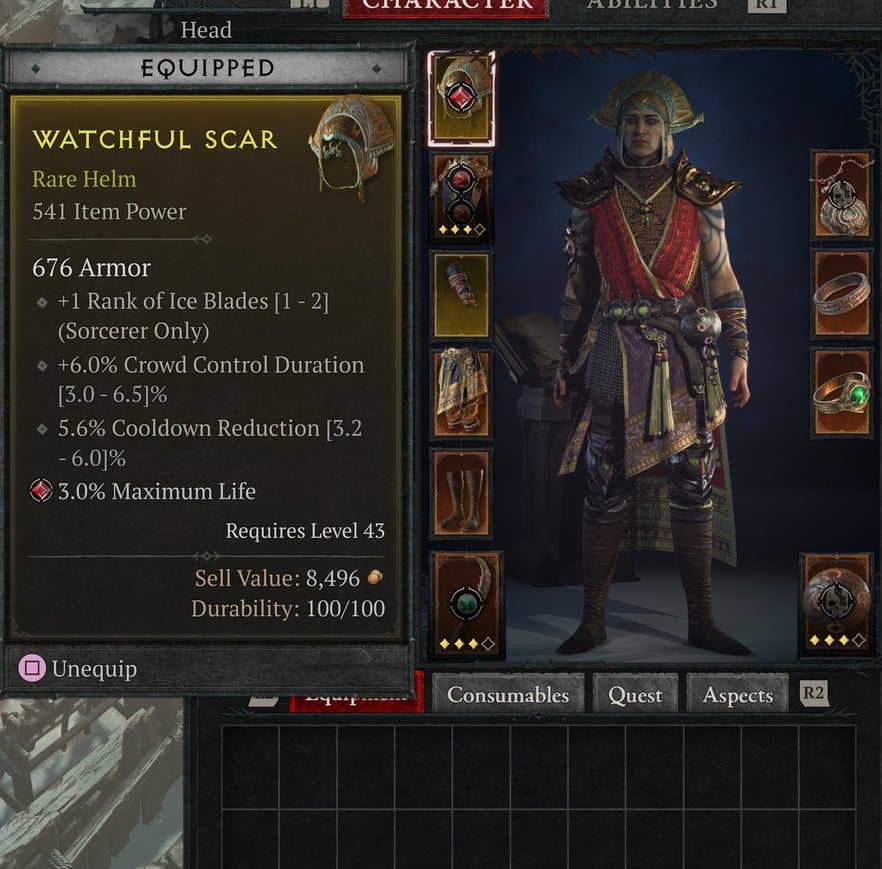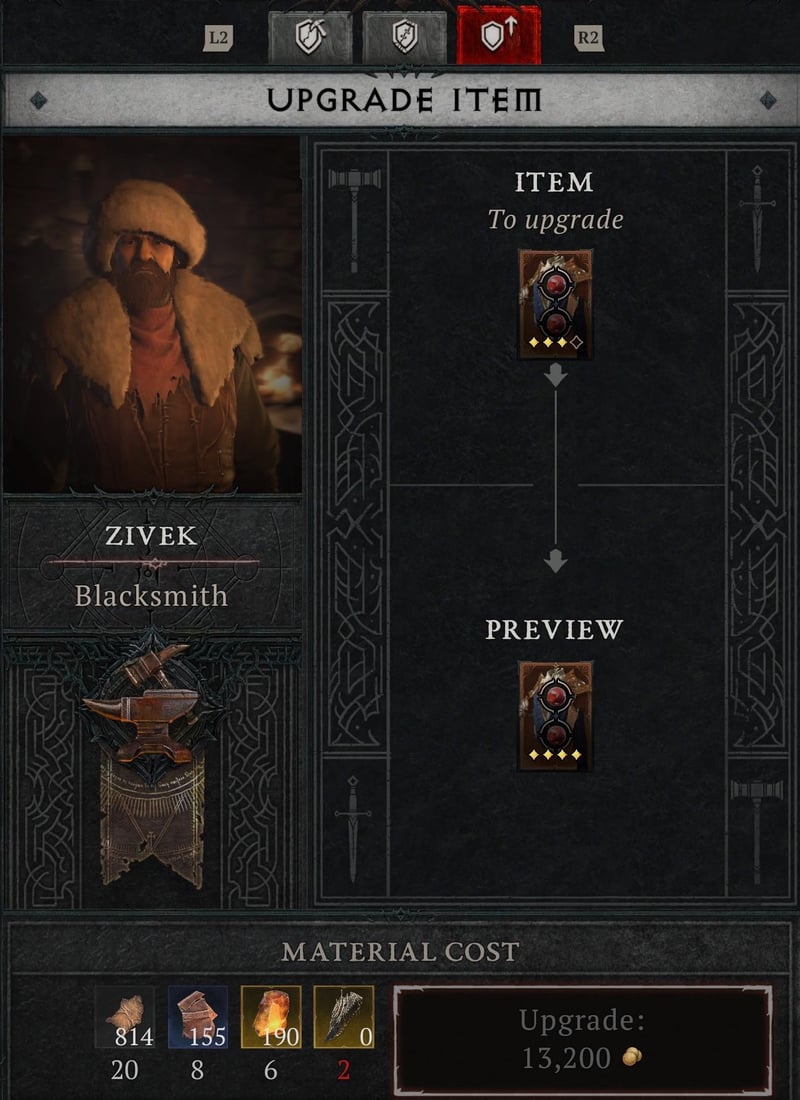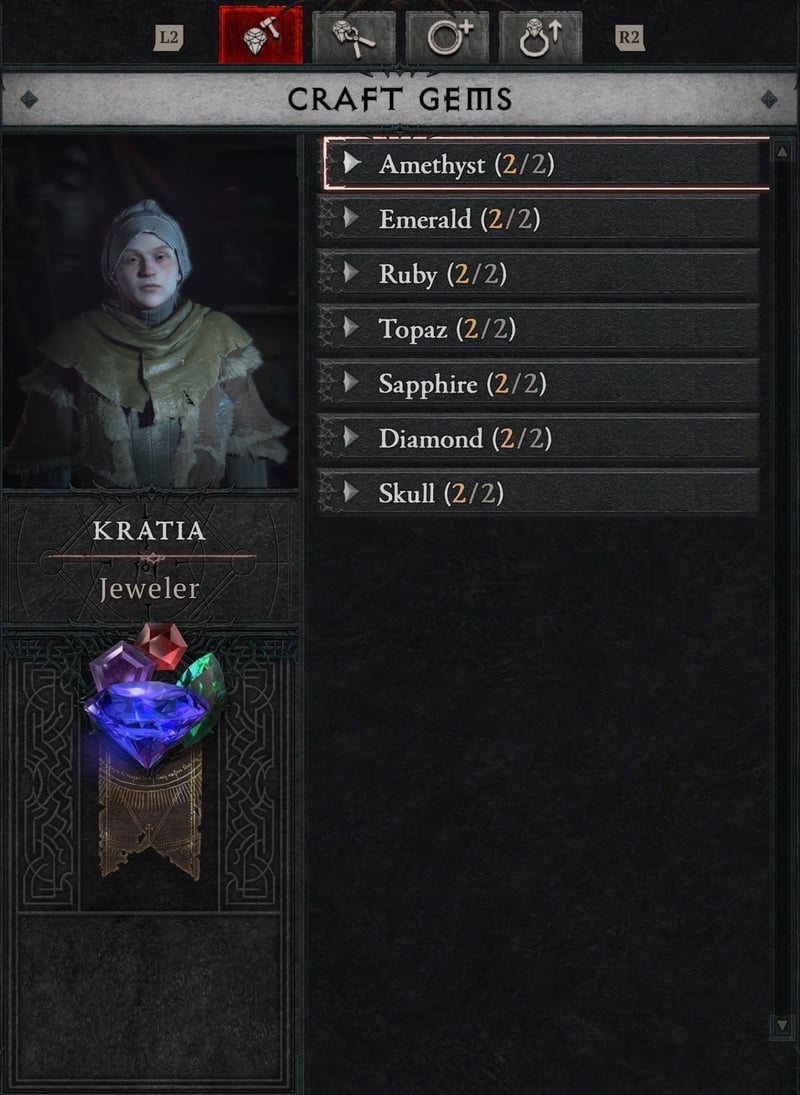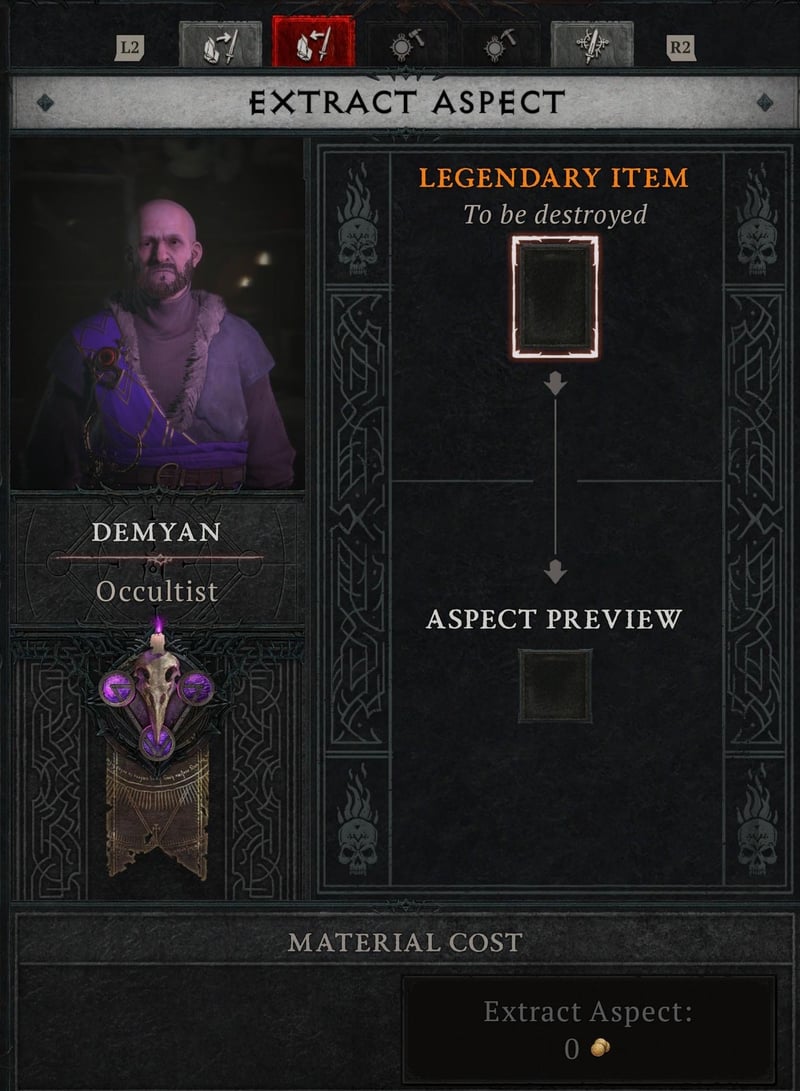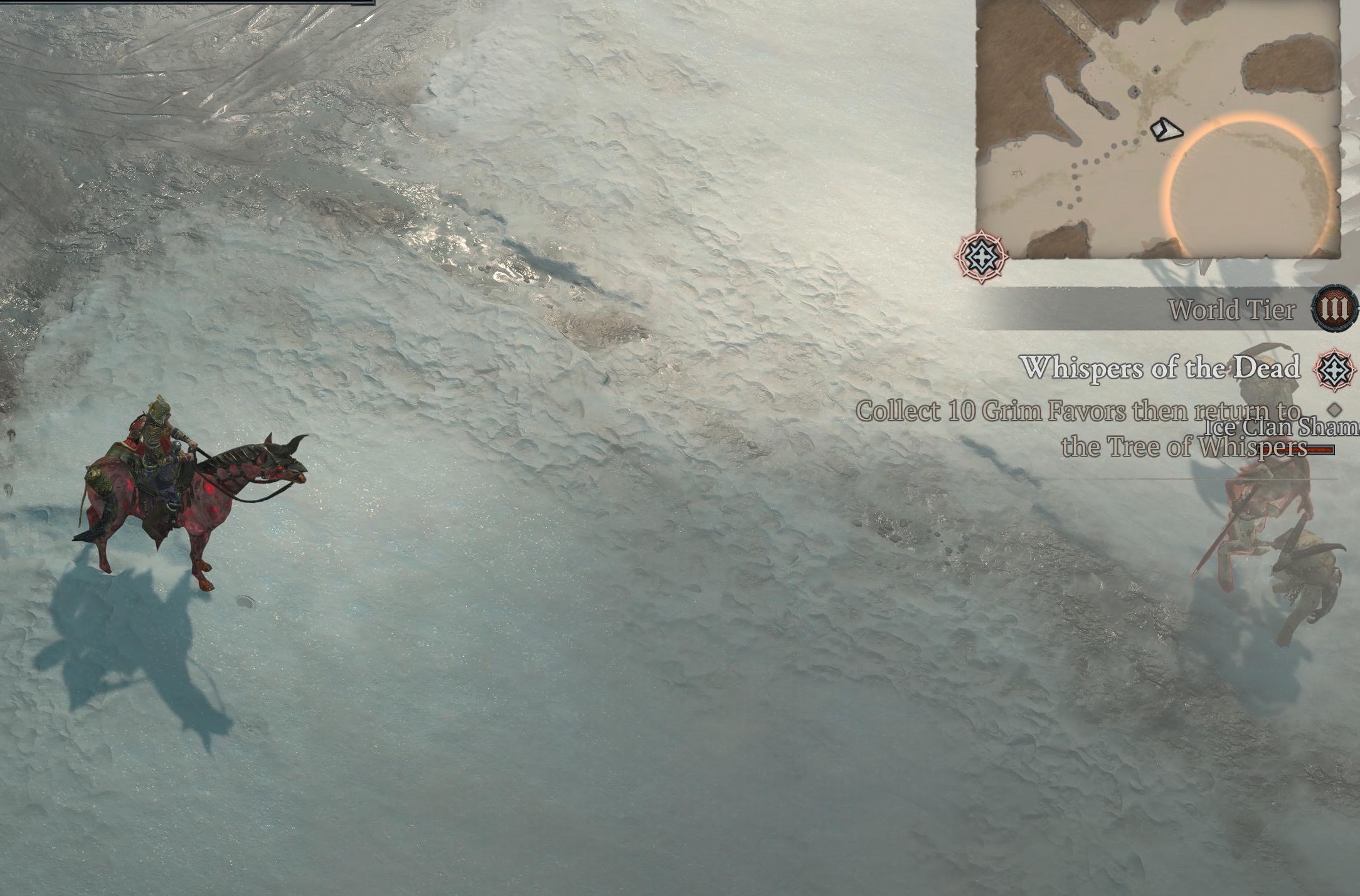If you're new to the series you may be overwhelmed by the number of items, mechanics, and overall Diablo 4 economy decisions that can be made.
You may be wondering, "What's the best way to manage my resources?", "Should I salvage or sell?", and so on.
Well don't worry, we've got you covered!
Here are 7 tips to help you effectively manage your resources and economy in the early game.
Unveiling the Spiritborn class in Diablo 4’s upcoming Vessel of Hatred expansion. Explore our Spiritborn Overview for more insights.
This guide was written by Shugo.
